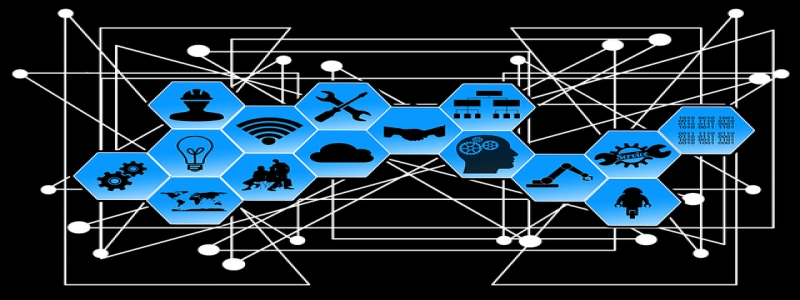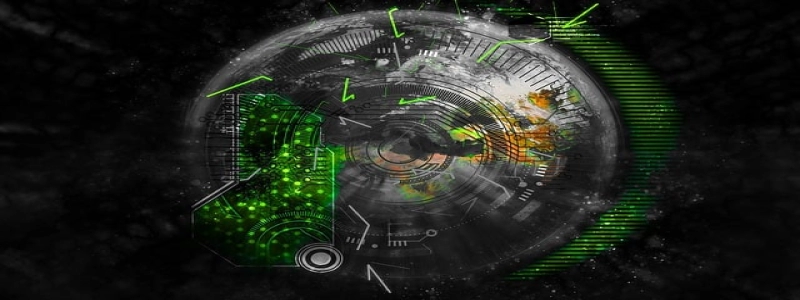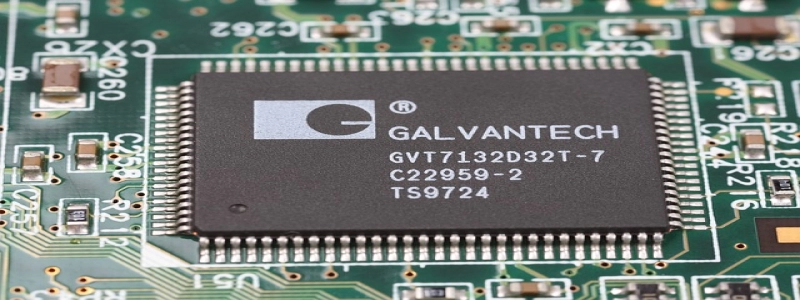How to Test Ethernet Cables
Wstęp
Ethernet cables are an essential component of networking systems, enabling the transfer of data between devices seamlessly. To ensure these cables are functioning correctly, it is important to test them regularly. In this article, we will discuss the various methods for testing ethernet cables and how to troubleshoot common issues.
I. Visual Inspection
Before conducting any tests, it is crucial to perform a visual inspection of the ethernet cable. Ensure there are no signs of physical damage, such as cuts, frayed ends, or bent connectors. Additionally, check for any loose connections or debris that may hinder the cable’s performance. If any irregularities are found, replace the cable immediately.
II. Pin Configuration Test
A pin configuration test checks if the wires within the ethernet cable are properly aligned and terminated in the correct sequence. To conduct this test, you will need a cable tester or a multimeter.
1. Connect one end of the ethernet cable to the tester or multimeter.
2. Activate the tester or multimeter and select the pin configuration test mode.
3. Insert the other end of the cable into the corresponding port on the tester or multimeter.
4. The tester or multimeter will display the pin configuration for each wire pair. Compare these readings with the standard ethernet wiring scheme (TIA/EIA-568 or T568A/T568B) to ensure they match.
III. Continuity Test
A continuity test determines whether each wire within the ethernet cable is continuous or if there are any breaks or short circuits. This test is crucial in identifying open pins or faulty connectors.
1. Connect one end of the ethernet cable to a continuity tester.
2. Activate the continuity test mode on the tester.
3. Touch the probe of the tester to each pin on the opposite end of the cable, ensuring there is contact with each pin.
4. The tester will indicate if there is continuity for each pin. If any pins fail the continuity test, the cable may not function correctly and should be replaced.
IV. Length Measurement
Measuring the length of an ethernet cable is important, especially for longer cable runs. It ensures compliance with the maximum length limits specified by ethernet standards. Several tools can be used for this test, including a length meter or a time-domain reflectometer (TDR).
1. Connect one end of the ethernet cable to the length meter or TDR.
2. Activate the tool’s length measurement function.
3. The tool will provide an accurate measurement of the cable’s length. Compare this measurement to the standard length limits, usually 100 meters (328 feet) for most ethernet cables.
V. Troubleshooting Common Issues
If any issues arise during the testing process, it is vital to troubleshoot and resolve them promptly. Common problems include intermittent connections, slow transfer speeds, and excessive packet loss.
1. Check for loose connections and ensure all connectors are securely plugged in.
2. Replace any damaged cables that fail the tests mentioned above.
3. Verify that the networking devices (routers, przełączniki, etc.) are functioning correctly and have the latest firmware updates.
4. Test the cable with a different device to determine if the problem lies with the cable or the device.
Wniosek
Regularly testing ethernet cables ensures optimal network performance and reduces the risk of data transfer issues. Wykonując czynności opisane w tym artykule, you can identify and troubleshoot any potential problems, ultimately improving the reliability and efficiency of your networking system.








